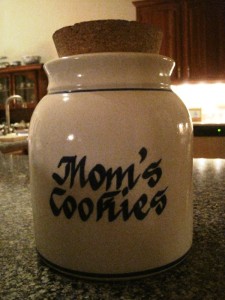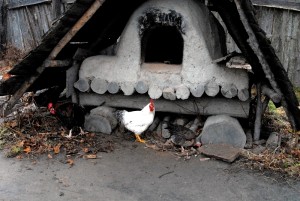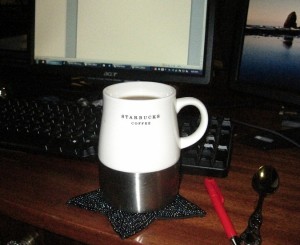When is a cake not a cake? In 17th century baking, it could be a cookie, cake or biscuit! In researching my family history I was surprised and pleased to find there is one record of my ancestor, Barnabas Horton, listing his profession as a baker. Surprised because he came from a long line of English landowners, was literate and also served as a magistrate in 17th century Southold, Long Island.
Pleased because with Barnabas the hero in my novel, this information gave an added dimension to my book! Researching 17th century baking I quickly found that in colonial America there was not a lot of difference between a cookie, cake or biscuit.
An English cake sometimes was really more of a biscuit. Biscuit has its origins from the Latin “bis coctus” meaning twice baked, and perhaps were introduced in Great Britain by the Romans. Small and flat, they were portable. And by the time the English were immigrating to the New World in the 17th century, they were a mainstay in their provisions. This is a wonderful resource for the history of food: the Foodtimeline.org.
17th century Long Island found the Dutch inhabiting the west end with the colony of New Amsterdam, while the
English inhabited the east end. The American present-day term “cookie” comes from “koekje”, the name the Dutch used for their little biscuits.
The English biscuits could be savory or sweet. The little sweet cakes, or tea cakes might be flavored with ginger, cinnamon, cardamom, or anise seed. My Grandmother Horton baked little ginger cookies and every year we could be sure we would receive a box at Christmastime. The recipe has been handed down through at least four generations now. As I wrote my novel, I found it great fun to make it a specialty of my hero, Barnabas, too!
Here’s the recipe from my Grandmother Horton. They are small and crisp, and melt in your mouth! If you prefer a chewier cookie, or cake as Barnabas would have called it, make the ball of dough slightly larger and experiment with the baking time. I’d suggest one minute less, but of course oven temperatures vary.
GRANDMOTHER HORTON’S GINGER COOKIES (BARNEY’S GINGER CAKES)
Combine 2 cups flour, 1/2 teaspoon salt, 1/4 teaspoon cloves, 1/2 teaspoon cinnamon, 1/2 teaspoon ginger, 2 level teaspoons baking soda in small bowl. In large bowl, stir together 1 cup sugar, 3/4 cup oil, 1 egg, 4 tablespoons molasses. Stir in flour mixture.
Roll 1 rounded teaspoonful of dough into a ball – should be 1 inch diameter. Dip in sugar. Place on greased baking sheet and bake for 10 minutes in a 350 degree oven.
Enjoy! Wonderful with milk, tea or coffee! And don’t forget I’m having a drawing for a $25 gift cared! Tomorrow is the last day to enter! Click here to find out how! a Rafflecopter giveaway
Let the words of my mouth, and the meditations of mine heart be acceptable in thy sight, O Lord my strength and my redeemer. Psalm 19:14, Geneva Bible 1599.




Comments 4
That recipe is almost exactly like Mom’s – Winifred Worley Fail. I like to put
chopped dried cranberries and/or raisins in mine….they are really good…
That is so very neat that Winifred was baking those same little gems!! And I like the idea of adding raisins or cranberries! I’ll be trying that! So good to have you stop by, Janice! Thanks!
VERY interesting! My favorite cookie right now is a shortbread. Mocha Macadamia Shortbread. It has a coffee icing so it’s like having your cookie and coffee all in one! The sad part is they are very delicate when they first come out of the oven ~ lucky for me I havea teen who loves to eat the broken ones
Deb, I love shortbread – and I’m definitely will be baking your Mocha Macadamia Shortbread!! And coffee icing? Oh my! Can’t wait to try it! I have a hubby who is pretty good at taking care of any broken ones :o) Thanks for stopping by!